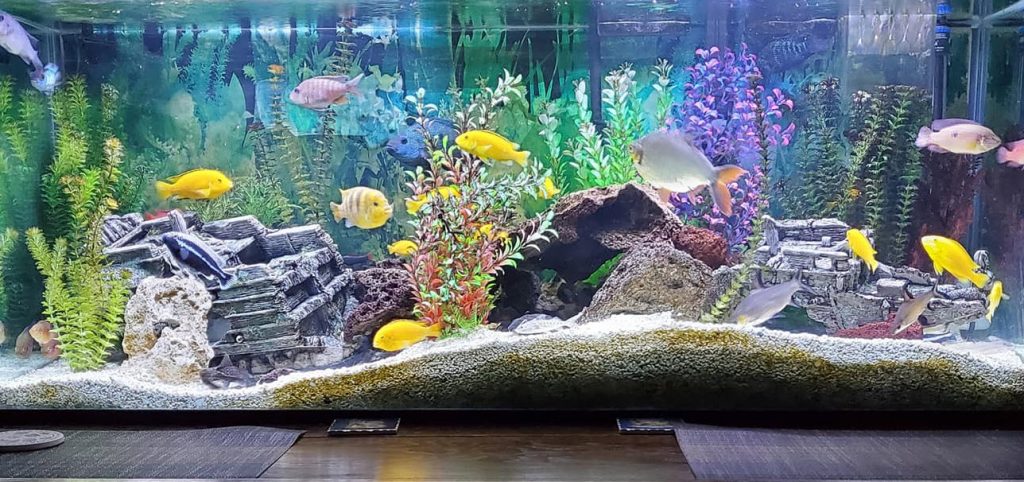
ORP stands for “Oxidation Reduction Potential” while Redox stands for “Reduction/Oxidation.” These two terms are interchangeable. Both refer to a process in which one chemical substance is reduced and another chemical substance is oxidized. For instance, when coal burns in air, the coal is oxidized and the oxygen in the air is reduced. ORP (or redox) is defined as the measure in millivolts of the tendency of a solution of chemical substances to oxidize or reduce all the chemical substances in the solution.
Redox used by some individuals to gauge the health of an aquarium. These individuals seem quite sincere in their beliefs. Unfortunately the science is simply not that simple. Redox as a single number is not a good gauge of the health of an aquarium. Period. End of story.
If you are a real science nerd like the author and want to become very bored, read on.
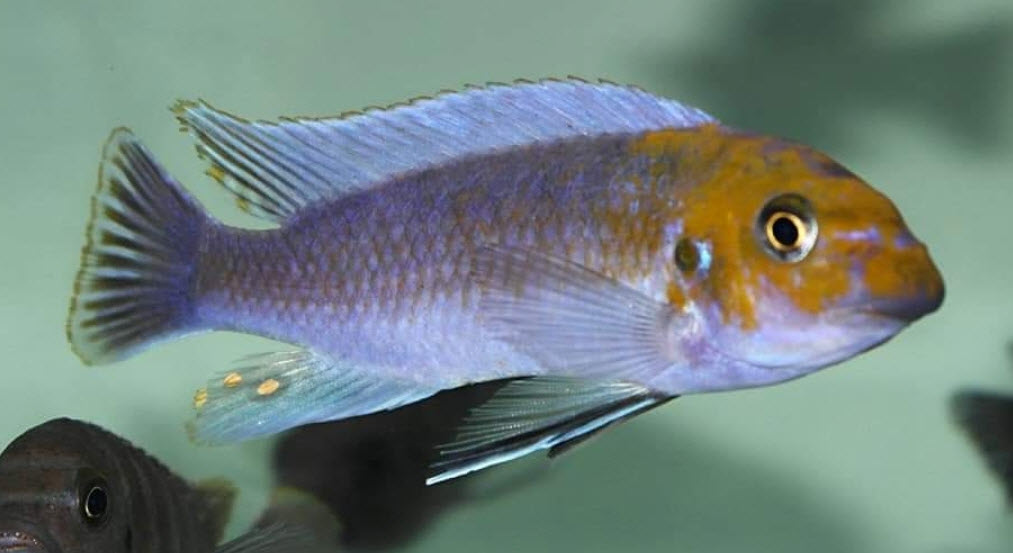
Redox In Depth
Redox is used in the scientific community as a simple way to gauge the oxygen content of organic sediments. This is ALL it is used for by the scientific community. Per the planted tank guru Tom Barr:
- “Redox is rarely used much for the water column for freshwater.
- It is used mostly for the sediment conditions in aquatic wetland soils.”
It is also used by professionals in waster treatment plants. Its use in waste treatment plants is quite complex and involves many other parameters.
Unfortunately redox usage has also been adopted by the “homeopathic” or “natural” health food movement. It is all pseudoscientific bedazzlement designed to sell a product. If you go to a hospital laboratory you will not find a single redox meter, for food or anything else. The medical community has no use for redox.
Redox, at its heart, is extremely complicated. It is, perhaps, the single most complicated chemical feature of aquarium that aquarists will encounter. Redox in any aquarium involves many chemical details that are incredibly complex. It involves literally billions of processes that are not at equilibrium, and so are difficult to understand and predict.
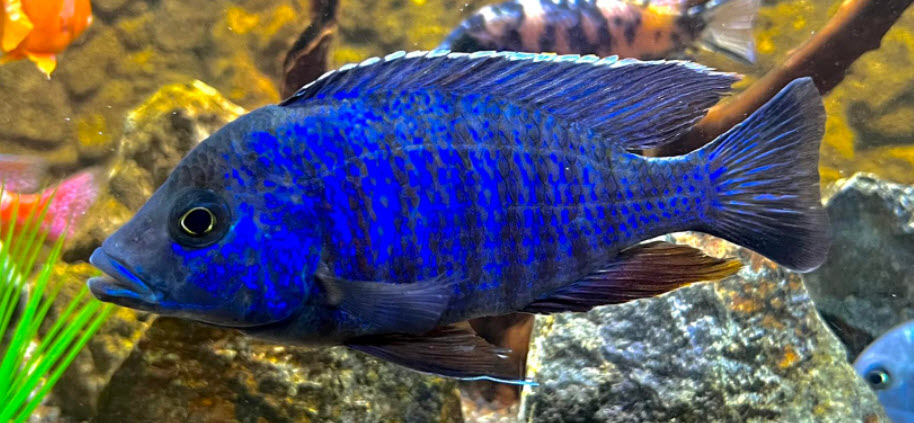
All living creatures including bacteria are busily doing all sorts of reduction/oxidation reactions. These living creatures are the reason this is so complex. If one were looking at redox in a sealed container where the contents have been sterilized, then redox might have a far more relevant point. In water where there is no living creatures things become MUCH simpler.
So using a single number such as the redox to describe the condition of an aquarium and to diagnose problems in that aquarium is simply not possible. Redox is a weak indicator of the amount of aeration one has in the aquarium. In general, the higher the redox, the healthier the aquarium because generally the more aeration will be in place. But this is far from the full picture and very healthy aquariums can have low redox’s and unhealthy aquariums can have high redox’s.
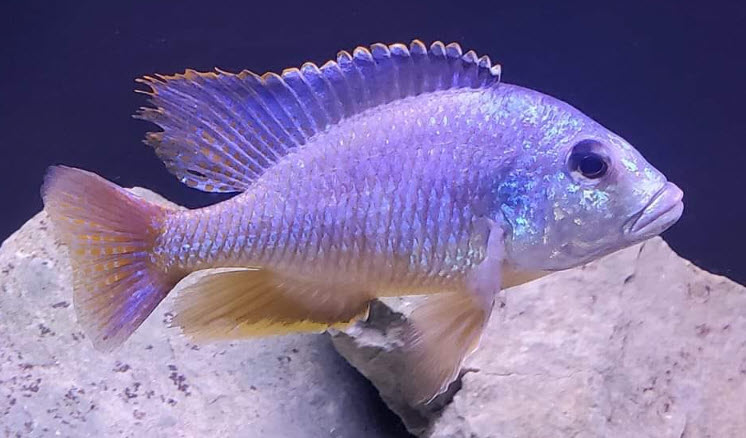
The Numbers
Supposedly these ORP numbers are:
- 450-550-mV often accomplished with the use of Potassium permanganate or hydrogen peroxide. Snails and shrimp do not do well in these tanks, probably because the algae they feed on doesn’t do well.
- 280-450-mV is very good to excellent water quality, excellent fish health, great plant growth, little algae. Some primitive plants have problems in the upper end of this range. This level indicates good aeration.
- 200-280-mV green water, slime (bio-films) and so forth, fish health is compromised, fish losses increase and snails breed wildly.
- 100-200-mV nasty, algae, slimy goo, smells bad, major work required, fish health is poor. This level normally indicates poor aeration.
Normally aeration alone will control these numbers quite well. No ORP measurements are necessary, Just have good aeration. Also note that there is considerable controversy over the accuracy of these numbers as they simply often are highly inaccurate. ORP shouldn’t be used as a gauge of the aquarium aeration. How the aquarium is doing should be the gauge.
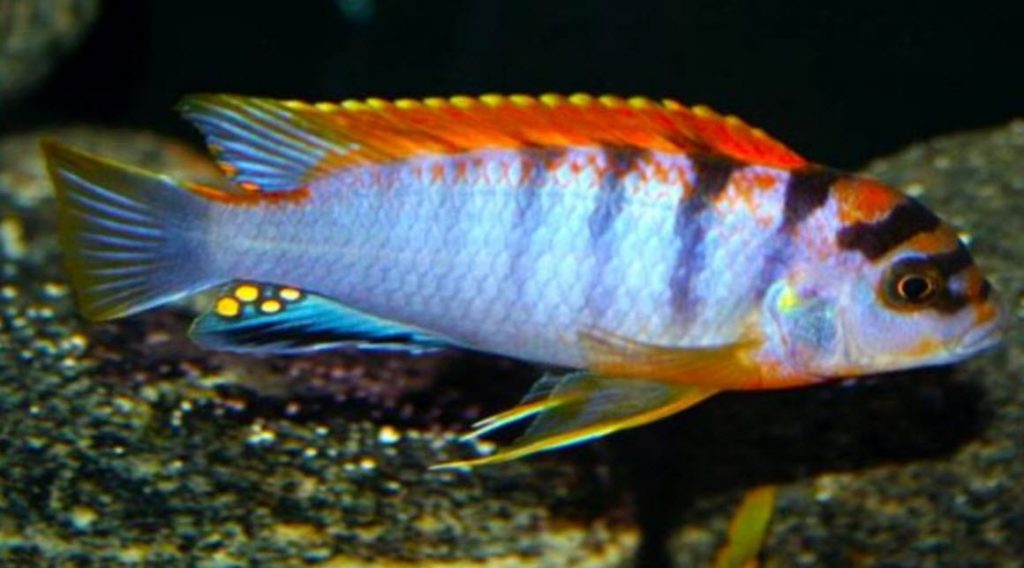
Proponents of using ORP
One Facebook commentator commented on using water conditioners to remove chlorine:
.
“All water conditioners use sodium thiosulfate to remove chlorine. Well….sodium thiosulfate is an oxidizer that lowers the redox potential in water chemistry from 400+mv to less than 300mv which any water under 280 mv is by scientific definition: sewage wastewater. So don’t use conditioners! You can maintain fish while using sodium thiosulfate, but it limits growth/ health potential. At my farm I run 560mv in all my tanks. Anyone who uses sodium thiosulfate to remove chlorine has a 330mv or even lower reading in their tank of redox. The redox determines and also indicates water chemistries health. If 420+ in good condition. If 380-419 this is bad and most likely will cause stress and health deterioration/ disease”
.
This is one of those moments where things gets difficult to sugar coat or spin. This sincere individual is simply dangerously wrong. Sorry for my bluntness. The advice to “don’t use conditioners” will result in a lot of dead fish from chlorine poisoning.
Sodium thiosulfate is a weak reducing agent. It ONLY reacts with strong oxidizing agents such as chlorine. It does not react with weak oxidizing agents like oxygen. Normally more sodium thiosulfate is added than that required for chlorine oxidation (we recommend using five times the recommended amount!). So it will not be oxidized completely in most aquariums when it is added.
This excess of a weak reducing agent will ONLY make the redox number go down. It does NOTHING else to the aquarium. This is completely harmless to fish. It DOES NOT remove the oxygen from the water, and it DOES NOT create conditions which are in any way detrimental to the fish.
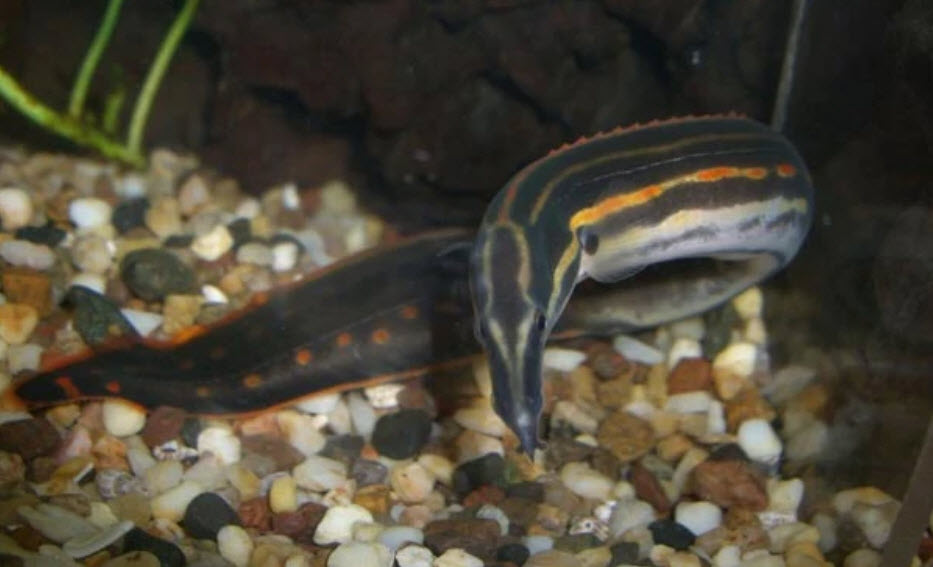
American Aquarium Products
American Aquarium Products or AAP is the major proponent of making redox (ORP) very important. On their 23 page JPG website on the subject (https://www.americanaquariumproducts.com/Redox_Potential.html) AAP says things like:
“So it is very important to keep a healthy Redox Balance via both sides of the Redox equation;
(a) Normal oxidizers such as proper/optimum dissolved oxygen levels.
(b) To counter oxidative stress (often artificially induced in our aquariums); via proper positively charged mineral levels (such as Calcium and Magnesium) and even level 1 or higher UV Sterilization.”
The quoted “healthy Redox balance via both sides of the Redox equation” is an interesting concept. Redox is a single number, so one cannot know the conditions on “both sides of the redox equation”. And while “oxidative stress” can be induced by adding chemicals such as chlorine, hydrogen peroxide or potassium permanganate the simple solution is to not add these things to the aquarium. And there is no such thing as a “positively charged mineral”. All minerals have equal amounts of positive ions and negative ions for no net charge.
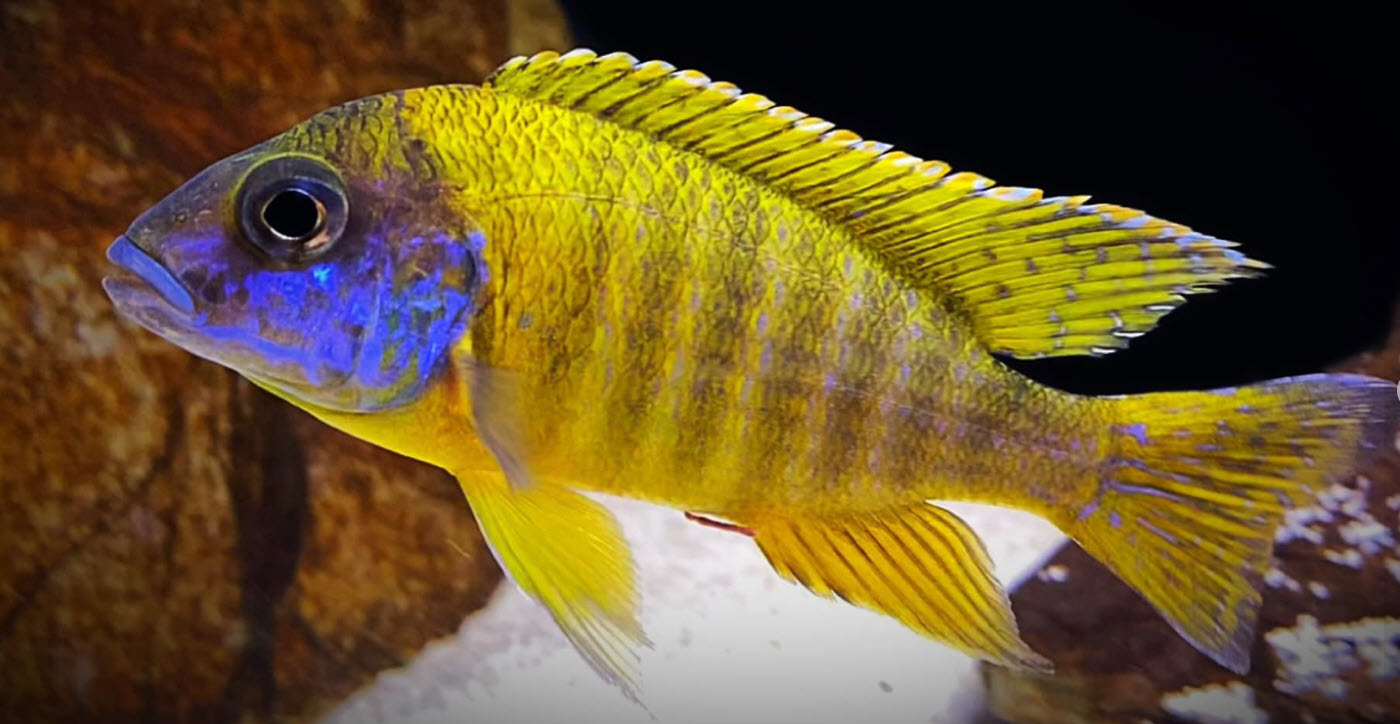
The AAP website goes on to say:
“Controlling oxidative stress such as the use on constant mineral replenishers & UVC, results in longer life spans of fish and higher disease resistance!!”
There is no reason for “Controlling oxidative stress” unless one is using potassium permanganate or hydrogen peroxide. Mineral replenishers and UVC DO NOT result in “longer life spans of fish and higher disease resistance” via the lowering of redox. Indeed, neither mineral replenishment nor UVC actually lower redox. And it very generally is not beneficial to lower redox.
The AAP website then says:
“PLEASE NOTE; many UV Sterilizers now marketed for under $50 CANNOT perform Redox reduction due to their poor dwell time, low cost medium pressure UV bulbs, and other factors, these are at best clarifiers and should NEVER be purchased unless that is all you desire from your UV!”
In general, unless one is medicating the tank with a strong oxidizer, one wants to avoid “Redox reduction”. Loosely speaking, the more oxygen in the water the higher the redox and the healthier the fish. The only time reduction is needed is when doing a water change with chlorinated water. One wants to reduce the chlorine rapidly. UV does NOT reduce chlorine! Also UV ONLY reduces potassium permanganate. So claiming that UV accomplishes redox reduction is simply bogus from several viewpoints.
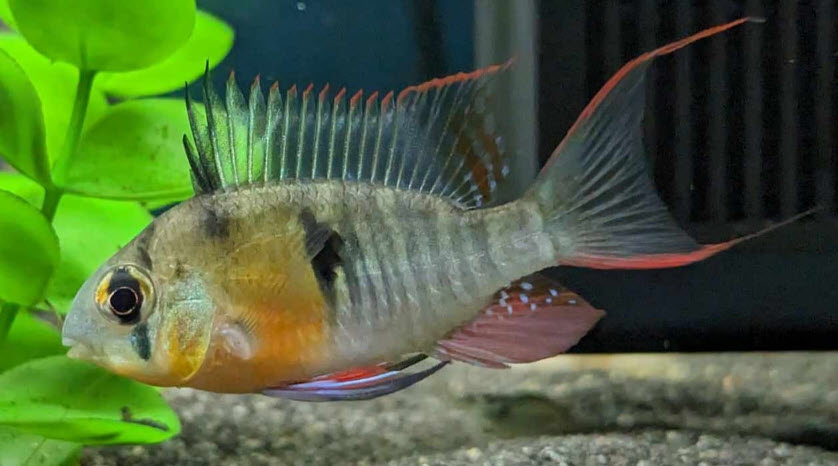
The website then goes on to list a bunch of products they sell which will “help the redox”
“Product Resources:
-
- Unique/Fresh AAP Wonder Shells
- Aquarium/Pond UV Sterilizers CAPABLE of improving Redox
- SeaChem Replenish
- AAP Redox/PH METER #H198121”
This website seems to be sincere about the use of Redox but their comments simply … well … , how do I diplomatically put this? … they just do not make a lot of scientific sense. And then they have these underlined blue links to where one can buy these four products from AAP at inflated prices. This is a problem which introduces obvious biases. Is this genuine confusion over the science or is the site simply knowingly using pseudo-science to sell a product?
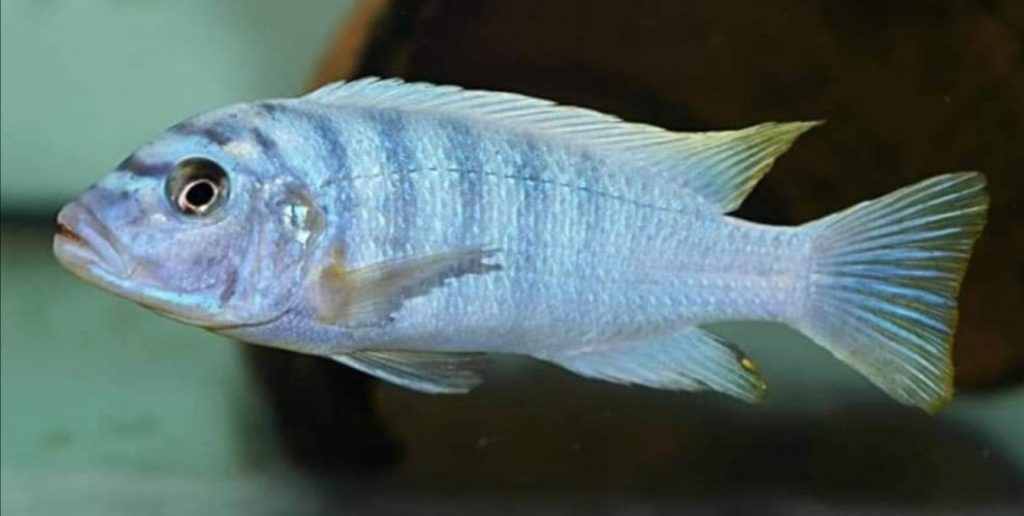
So AAP has 23 pages of obvious pseudoscience pushing redox as the cure for everything in the aquarium. Measuring redox requires a special redox meter. When this aquariumscience article was written, AAP was selling a redox meter. Hhhmmmm … So is the pseudo-science simply genuine confusion or is AAP trying to sell a product?
AAP pushes the use of the high-priced UV units they stock to “optimize redox”. They have YouTube videos where they show the purple color of potassium permanganate is removed by their UV units. They then say that this proves these high priced UV units are beneficial in the aquarium.
This is simply wrong. Yes, UV reduces and removes the purple color of the permanganate ion. But that does not prove ANYTHING! And the high-priced units AAP say are necessary in a tank are NOT any “better” than the lower priced units available elsewhere. ANY UV unit removes the color in potassium permanganate. Then they are selling AAP UV light for an ungodly price ….. hhhmmmm … Is the pseudo-science simply genuine confusion or is AAP trying to sell a product?
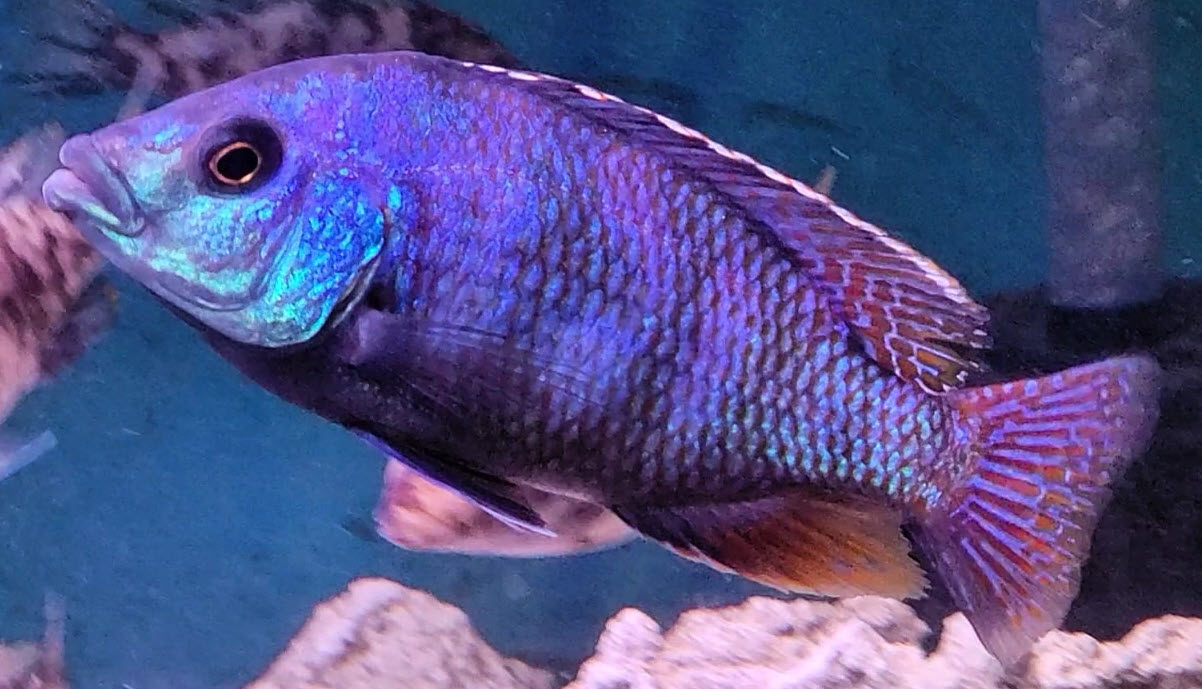
AAP has YouTube videos where they use potassium permanganate to “prove” their “Wonder Shell” product is “beneficial” in the aquarium because it “maintains the redox balance”. The “Wonder Shell” product is probably just a small amount of a mild reducing agent (which removes permanganate and can be any one of several sulfite salts or organic compounds) in a calcium carbonate/calcium sulfate/trace salts matrix.
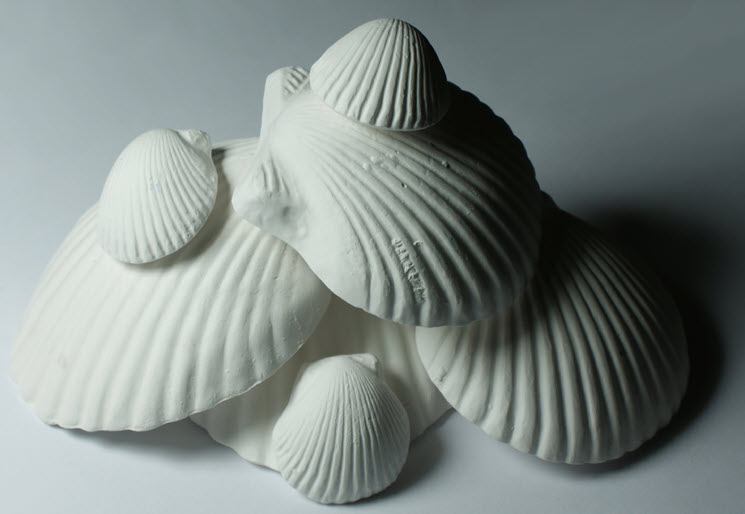
Purple colored potassium permanganate is a strong oxidizing agent which becomes colorless in the presence of even mild reducing agents. So the mild reducing agent in the Wonder Shell product removes the color in potassium permanganate.
Hhhhhmmmm …. OK, so what? Any and all water conditioners will remove the purple color. It proves nothing other than the product can be used to neutralize chlorine. Beyond the chlorine neutralization there is no “health benefit”. None. Then AAP is selling high priced “Wonder Shells” ….. hhhmmmm … Is the pseudo-science simply genuine confusion or is AAP trying to sell a product?
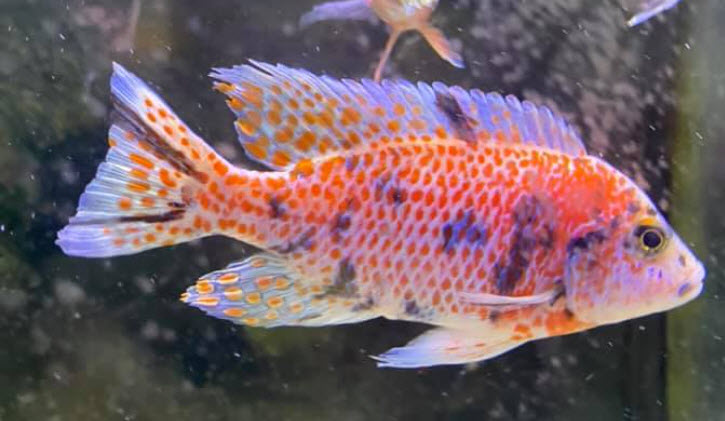
To show how off the mark this AAP site is, one only need look at a chart of reducing and oxidizing potential shown in this article. The chart is used by AAP to “prove” how the “calcium” in its “Wonder Shell” product is beneficial to redox and to the aquarium. The chart (copied directly out of the article) is this:
: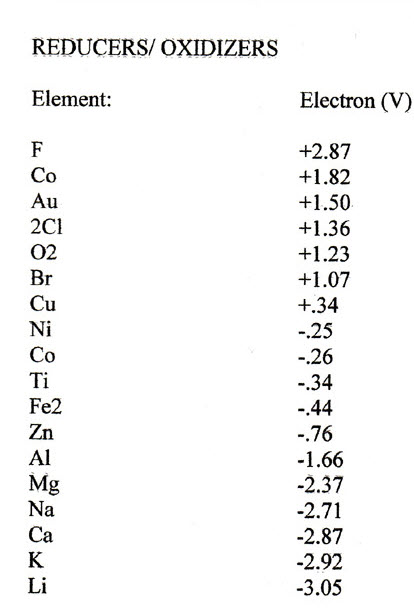
This chart is a correct chart for the electro voltage potential of each ELEMENT in its PURE ELEMENTAL FORM. In this chart the “Ca” is calcium and has a -2.87 electro voltage, which is a VERY strong reducing agent. The article than goes on how “Wonder Shells” add “calcium”, which is a “great reducing agent”, and obviously is very beneficial in the aquarium.
There is just one big problem. This chart is for the elements in their 100% pure form. In other words, “Ca” or calcium in the its “pure” or ELEMENTAL form is an extraordinarily strong reducing agent. Indeed, pure ELEMENTAL calcium must be kept under kerosene to keep it from oxidizing and burning in air. If ELEMENTAL calcium is put into water the reaction will be a rather violent, “exothermic”, rapid release of hydrogen gas which often just explodes.
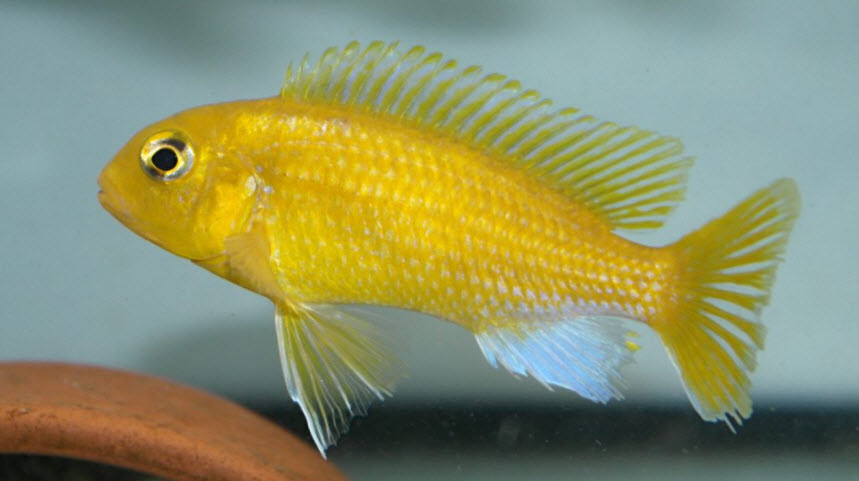
But “Wonder Shell” is NOT elemental calcium. It is probably largely calcium carbonate and calcium sulfate. When calcium carbonate/calcium sulfate dissolves it produces calcium IONS. Calcium IONS are completely and totally different than ELEMENTAL calcium. Calcium IONS are NOT reducing agents in ANY way. Calcium ions DO NOT affect the redox. So putting the above chart in this AAP article makes no sense what-so-ever.
So does the AAP site simply not understand basic chemistry or is it just trying to sell AAP Redox meters, “Wonder Shells”, overpriced UV units and Seachem Replenish with pseudo-science? Who knows?
Note that while as I have pointed out Mother Nature can be very flexible and unpredictable in many areas related to fishkeeping, this isn’t one of those areas. The above is based on firmly-established, indisputable facts of chemistry.
The entire 23 page AAP document on ORP/Redox is full of a mix of genuine science and pseudo-science which sounds authoritative but, simply put, is not. ALL the conclusions in this very long and verbose article are simply wrong. Redox is NOT useful in the freshwater aquarium.
.
Return to Temperature, pH, KH and GH
.
Aquarium Science Website
The chapters shown below or on the right side in maroon lead to close to 400 articles on all aspects of keeping a freshwater aquarium. These articles have NO links to profit making sites and are thus unbiased in their recommendations, unlike all the for-profit sites you will find with Google. Bookmark and browse!

Bz says
From the Facebook commentator’s quote: “At my farm I run 560mv in all my tanks.”
Although he’s definitely misguided about thiosulphate and chlorine (obviously LOL), I just wanna offer a quick opinion. Many farmers these days (who are usually not trained scientists!) use systems designed to mitigate off-flavour compounds like Geosmin and MIB so their fish don’t taste bad. And also to keep microbial populations in check. Most of these systems involve monitoring of ORP as a rough gauge of how they’re working. Usually with probes that monitor the ORP 24/7 and are linked to complicated computer systems that adjust unit processes.
Obviously this doesn’t apply to the hobby. Hobbyists don’t have stocking densities high enough to justify these expensive systems. And no one is going to eat our fish so it doesn’t matter anyway.
If you ask me, this is yet another instance where what’s relevant in aquaculture shouldn’t be blindly copied to the aquarium hobby, haha. The applications are simply different. Something that’s important for someone raising 100 kg of fish in 1000 litres of water simply doesn’t translate to our puny little tanks. Intensive aquaculture is as different from the aquarium hobby as shooting a few hoops is from playing in the NBA.
Dave says
Devon Trigg works for American Aquarium Products. ‘nough said
Devon Trigg says
The article is just a hit piece with no science itself. It’s a shame that a science site doesn’t do more indepth research about Redox and then make some conclusions. Redox is talked about in all areas of health. Why are you dismissing it because you have something against AAP?